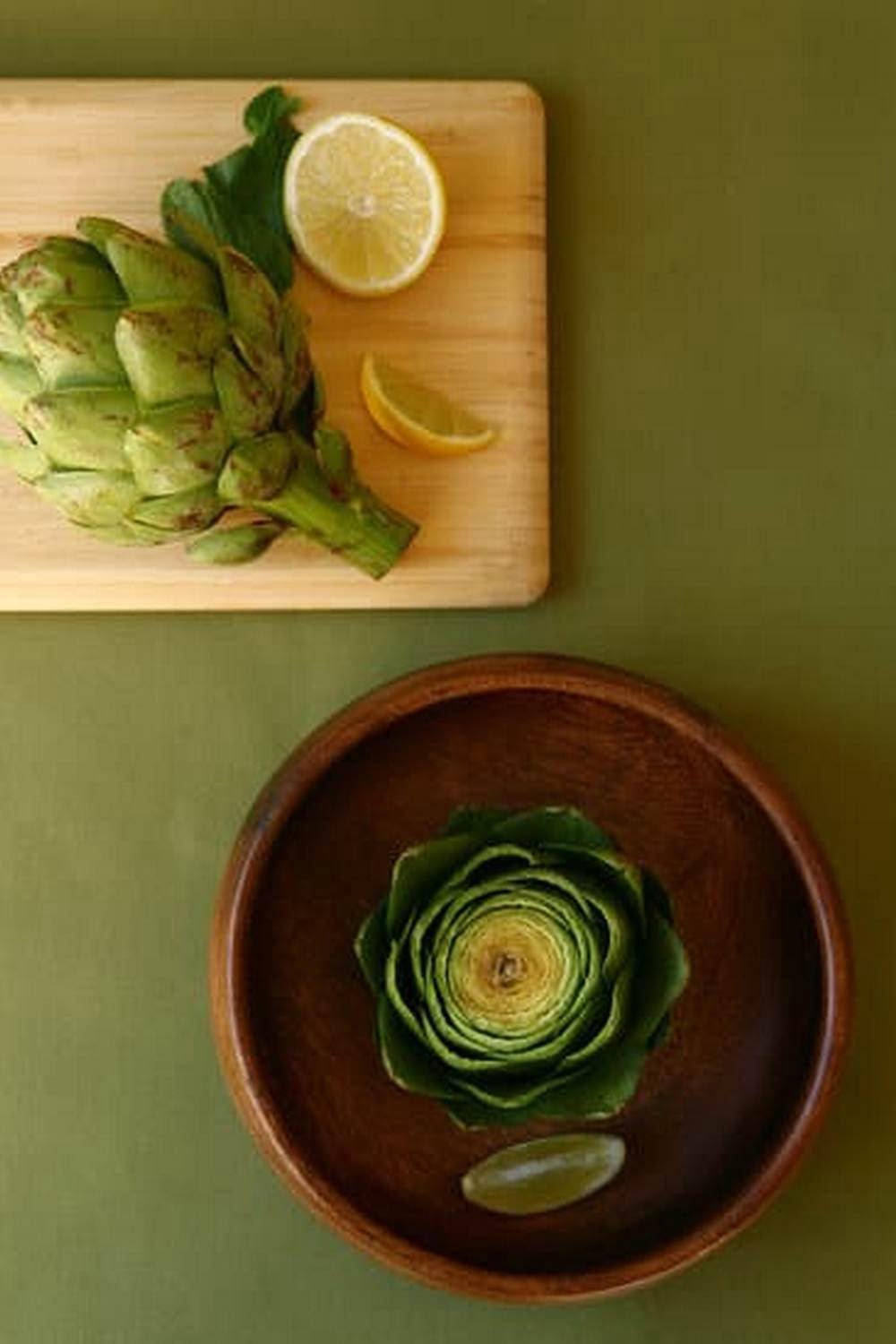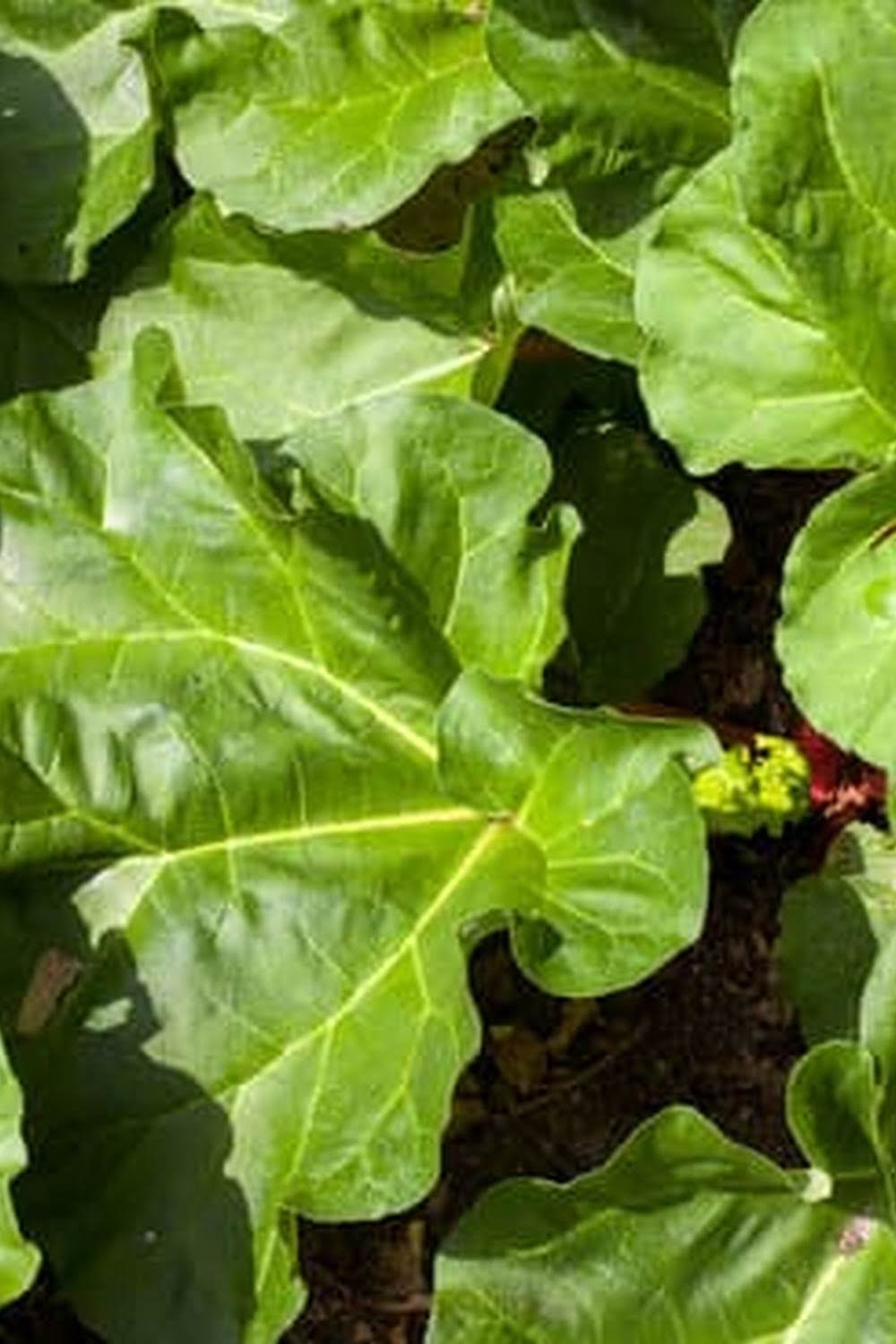How To Plan Vegetable Garden Raised Beds
Planning a vegetable garden is a fun and rewarding activity, but it can also be a little daunting if you’re not sure where to start. One of the best ways to make your vegetable garden successful is to use raised beds. Raised beds are a great way to improve drainage, soil quality, and air circulation, and they also make it easy to control the height and size of your garden.
When planning a raised bed vegetable garden, there are a few things you need to take into consideration. The first is the size of your garden. Raised beds can be any size you want, but it’s a good idea to make them at least 4 feet wide so you have plenty of room to work in them. The second thing to consider is the type of soil you will be using. If you have poor soil, you can improve it by adding organic matter such as compost or peat moss. The third thing to consider is the climate. If you live in a cold climate, you will need to choose vegetables that can withstand frost.
Once you have decided on the size and type of your raised bed garden, it’s time to start planning your layout. The best way to do this is to sketch out a plan on paper. Decide where you want each vegetable to go and draw in the rows and beds. You can also plan your garden by planting your vegetables in a spiral or checkerboard pattern.
Now that you have your plan, it’s time to start building your raised beds. You can buy kits that include everything you need, or you can build your own beds from scratch. If you choose to build your own beds, make sure they are at least 12 inches high so you can easily work in them.
Once your raised beds are built, it’s time to fill them with soil. You can buy soil from a garden center, or you can make your own by mixing compost, peat moss, and soil. Be sure to mix in a little lime to adjust the pH level if necessary.
Now that your raised bed vegetable garden is ready, it’s time to plant! Be sure to read the planting instructions that come with your vegetables, and follow the planting schedule for your area. By following these simple steps, you can ensure a successful raised bed vegetable garden.
What Vegetables Can You Grow In A Raised Garden Bed
?
A raised garden bed is a great way to garden if you have limited space or if you want to garden in an area that doesn’t have good soil. You can grow a variety of vegetables in a raised garden bed.
Some vegetables that do well in a raised garden bed are tomatoes, peppers, cucumbers, zucchini, carrots, and lettuce. You can also grow potatoes, beans, and peas in a raised garden bed.
To grow vegetables in a raised garden bed, you will need to choose a location that gets plenty of sunlight. The bed should also be in an area that has good drainage. You can create a raised garden bed by using wooden boards, bricks, or concrete blocks.
If you are using wooden boards, make sure to use untreated lumber, as treated lumber can contain chemicals that are harmful to plants. To create a raised garden bed with bricks or concrete blocks, you will need to create a frame and then fill it with soil.
You can buy soil for a raised garden bed at a garden center or you can create your own soil by mixing compost and soil together. Be sure to add a lot of organic matter to your soil to help improve the soil’s fertility and drainage.
When planting vegetables in a raised garden bed, be sure to follow the spacing recommendations for each vegetable. You can find these recommendations in a seed catalog or online.
Water your vegetables regularly, especially during the hot summer months. You may also need to fertilize them occasionally with a balanced fertilizer.
A raised garden bed is a great way to garden if you have limited space or if you want to garden in an area that doesn’t have good soil. You can grow a variety of vegetables in a raised garden bed, including tomatoes, peppers, cucumbers, zucchini, carrots, and lettuce.
Black Plastic For Vegetable Garden Bed
Black plastic mulch is a sheet of plastic film used to cover the soil in a vegetable garden. It is used to increase yields, improve the quality of the vegetables, and reduce weed growth.
Black plastic mulch is effective in preventing weed growth because the sunlight cannot reach the soil through the black plastic. Weeds need sunlight to grow, so they are unable to grow under the black plastic.
Black plastic mulch also increases yields because it warms the soil. The soil warms up faster in the spring, and it stays warmer longer in the fall. This allows the vegetables to grow more quickly and produce more yields.
Finally, black plastic mulch improves the quality of the vegetables. The vegetables grown under black plastic mulch are less likely to have diseases and pests.
Beginner Raised Bed Vegetable Garden
If you are new to vegetable gardening, you may want to consider using a raised bed. A raised bed is a great way to garden if you have limited space, or if you want to garden in an area that has poor soil.
A raised bed is simply a bed that is raised above the ground. You can make a raised bed out of many different materials, including wood, stone, or concrete.
When choosing a raised bed, be sure to pick one that is large enough to accommodate the vegetables you want to grow. You will also want to make sure that the bed is deep enough to accommodate the type of soil you will be using.
If you are new to vegetable gardening, it is a good idea to start with a raised bed. A raised bed is a great way to learn about vegetable gardening, because it is easy to manage and it is easier to keep the soil healthy and fertile.
Prepare A Vegetable Garden Bed
A vegetable garden is a great way to get fresh, nutritious produce right from your own backyard. But if you’re new to gardening, the thought of starting a vegetable garden bed may seem a bit daunting.
Don’t worry – we’re here to help!
In this article, we’ll walk you through the basics of preparing a vegetable garden bed. We’ll cover everything from choosing the right spot to planting your vegetables. So read on to learn more!
Where to Plant
One of the most important decisions you’ll make when preparing a vegetable garden bed is choosing the right spot. You’ll want to choose a spot that gets plenty of sunlight, is well-drained, and has plenty of room for your plants to grow.
If you’re not sure where to start, consider planting your garden bed in an area that gets at least six hours of sunlight each day. And be sure to avoid planting your garden bed in a spot that’s shady or that has poor drainage.
Choosing the Right Vegetables
Another important decision you’ll need to make when preparing a vegetable garden bed is what vegetables to plant. Not all vegetables are created equal, and some vegetables are better suited for certain climates or regions than others.
So before you start planting, do some research on the best vegetables to grow in your area. And be sure to choose a variety of vegetables, so you can enjoy a variety of fresh produce throughout the season.
Preparing the Soil
Once you’ve chosen a spot for your vegetable garden bed and selected the vegetables you’d like to plant, it’s time to start preparing the soil.
The best way to prepare the soil is to start by adding some organic matter. You can do this by adding compost, manure, or other organic materials to the soil. This will help to improve the soil’s texture and drainage, and it will also help to feed your plants.
Once you’ve added the organic matter, it’s time to start digging. Use a shovel to turn the soil over, and be sure to break up any clumps. Then, use a rake to smooth out the surface.
Now it’s time to plant!
How to Plant
Once you’ve prepared the soil, it’s time to start planting your vegetables. The best way to do this is to use a trowel or a transplanting tool to make a small hole in the soil.
Then, gently place the vegetable in the hole, making sure to cover it with soil. Be sure to water the vegetable well after planting.
Maintaining Your Vegetable Garden Bed
Once your vegetable garden bed is planted, it’s important to keep it well-maintained. This means watering the plants regularly and removing any weeds that may start to grow.
You may also need to fertilize your plants occasionally, depending on the type of soil you have. So be sure to consult your local garden center for advice on how to best care for your vegetable garden bed.
Now that you know how to prepare a vegetable garden bed, it’s time to get started! So choose a spot in your yard, select your vegetables, and get to planting.

If you’re looking to get into vegetable gardening, or are just looking for some tips on how to make your current garden better, then you’ve come to the right place! My name is Ethel and I have been gardening for years. In this blog, I’m going to share with you some of my best tips on how to create a successful vegetable garden.





